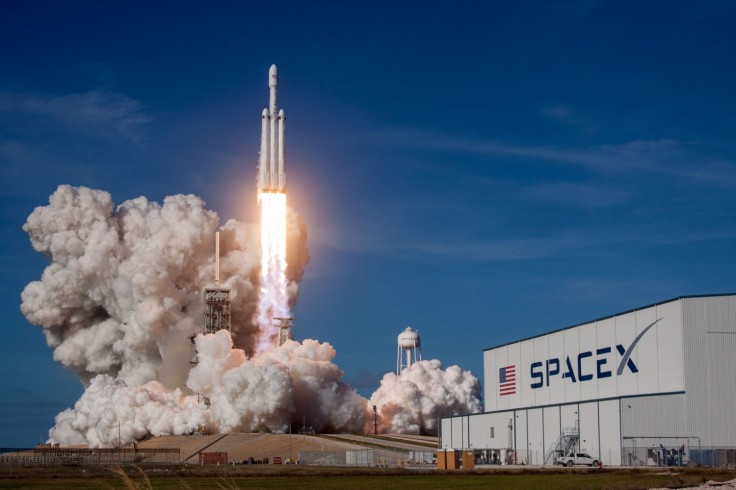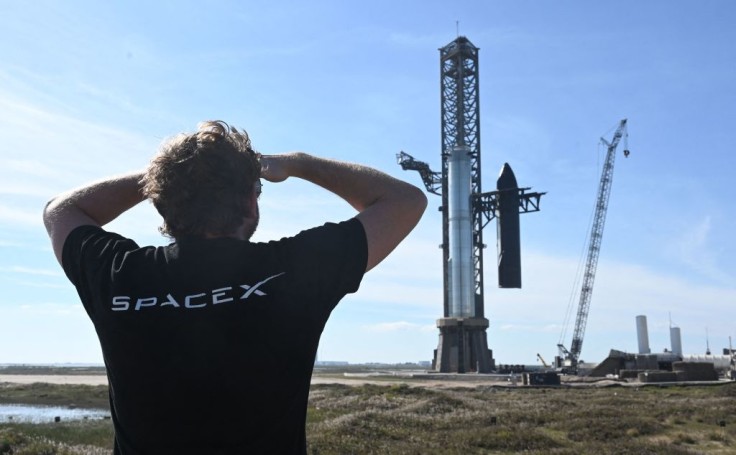Elon Musk's SpaceX has been repeatedly on the news in the past few months.
Its Starship project and its test flights have been widely reported, each milestone documented and analyzed. The project's goal: send humanity back to the moon.

Yes, the second race to the moon has started. And SpaceX is at the helm with the National Aeronautics and Space Administration for the US side.
The renewed Artemis program was officially launched in 2017 in hopes of reaching new heights of scientific discovery and revolutionizing the space exploration industry.
NASA has already succeeded in sending a man to the moon. This time, it aims to do things a bit differently.
Here's how:
Location: South Pole of the Moon
More than 50 years after humanity last set foot on the moon, NASA and SpaceX's mission is history-in-the-making by sending the first manned expedition to the lunar South Pole.
Despite challenging conditions for landing, NASA sets its sights on the area near the South Pole in hopes of "unprecedented deep space scientific discoveries."
Previous breakthroughs from robotic missions reveal that the region has the potential to help scientists "understand planetary processes and the character and origin of lunar polar volatiles."
Volatiles here means chemical compounds that melt at room temperature, like ice cubes.
The presence of water compounds also presents new opportunities for long-term deep space exploration at the Earth's satellite.
Hydrogen and oxygen can easily be supplied to stationed scientists through excavations rather than deliveries.
New Horizons for the Astronauts
NASA not only intends to take a new destination for the lunar program but to modernize the crew bound to take the challenge.
The space agency earlier in April announced the names of the astronauts participating in the Artemis mission.
Among the crew are Christina Hammock Koch and Victor Glover, tasked with the Artemis II team that will orbit the moon.

If prior missions were successful, Koch would be the first woman and Glover the first person of color to ever take a step on the lunar surface.
The presence of Koch and Glover "represents thousands of people working tirelessly to bring us to the stars," NASA Administrator Bill Nelson said.
Also Read : NASA Finally Reveals Its Artemis 2 Astronauts
Why SpaceX?
NASA awarded SpaceX two contract deals, with the second valuing at $1.15 billion, to send the crew to the moon.
First announced in 2021, NASA has invested in SpaceX's Starship rocket, a ship originally designed for Mars exploration, for the lunar missions.
By investing in the Starship program, NASA is also infusing money and technology for the aeronautics company to accomplish a vehicle capable of traveling to the red planet.
The "Moon-to-Mars" plan is NASA's way of hitting two birds with one stone.

SpaceX has previously proven its worth to NASA by becoming the world's premier aerospace service, sending cargo and astronauts in cooperation with international space agencies.
The deal with SpaceX also opens the way for much cheaper alternatives to moon landing and exploration. And maybe soon, base building in the lunar sea.
As of writing, SpaceX had its second test flight both ending in explosion.
SpaceX CEO Musk said the flight failures and expected, providing the company better grasp on how to safely deploy humans into space.
Related Article : SpaceX Starship Rocket is Clear for Second Test Flight - FAA









